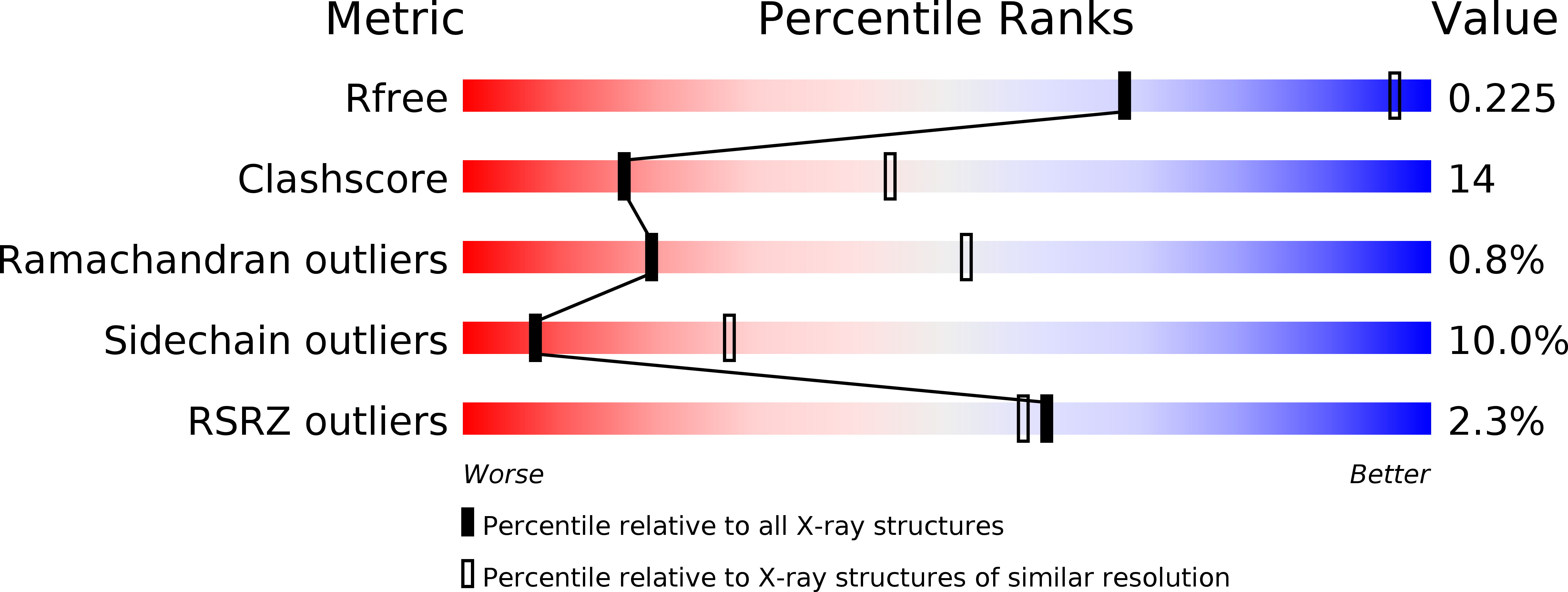
Deposition Date
2013-08-05
Release Date
2014-08-13
Last Version Date
2023-11-08
Entry Detail
PDB ID:
3WGI
Keywords:
Title:
Crystal structure of RSP in complex with beta-NAD+ and operator DNA
Biological Source:
Source Organism:
Thermoanaerobacter ethanolicus (Taxon ID: 509192)
Host Organism:
Method Details:
Experimental Method:
Resolution:
3.25 Å
R-Value Free:
0.22
R-Value Work:
0.19
R-Value Observed:
0.19
Space Group:
P 21 21 21


